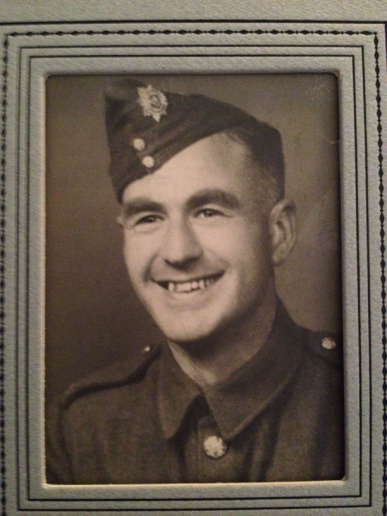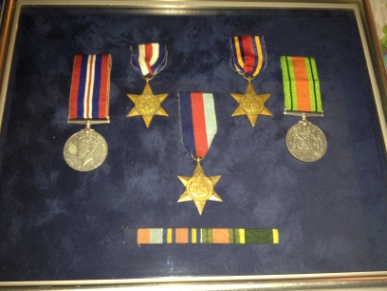Second World War
Artifact W2-07: The Sinking of the Lancastria
Submitted by: Roger Hill, FCWM Member

The Lancastria sinking took place in the period immediately after the Dunkirk evacuation (May-June 1940). It is widely believed that with the evacuation from Dunkirk, virtually all British troops were out of France. But in fact there were still 150,000 British and allied troops marooned in France (especially western and south-western France).
In the 2 to 3 week period between Dunkirk and the final withdrawal of the marooned formations, Churchill hoped to set up a defensive line around south-western France and Brittany, and sent Sir Alan Brooke in to organize the defences (though Brooke thought it was hopeless). A Canadian Division was sent in from Britain, and advanced towards Orleans, but it was ordered to turn back before it actually encountered the Germans. The French Army was collapsing at that time, and the hopes of a continued foothold on the continent soon lost all credibility. Troops were gradually evacuated from ports along the coast, especially in the latter period from St. Nazaire.
The Lancastria was part of the evacuation effort and had embarked over 6,000 troops when, on June 17, 1940, she was bombed and sunk by the Luftwaffe. About 4,000 died. The sinking of the Lancastria was the largest maritime disaster in Britain’s entire maritime history, much greater than the peacetime losses of the Titanic and the Empress of Ireland. News of the sinking was suppressed at the time and has been largely forgotten since.

My father had been stationed at a Royal Army Service Corps depot in La Chapelle sur Erdre, just north of Nantes at this time. My research has discovered that his unit was supposed to embark on the Lancastria, but they arrived late according to my father, because they had to complete blowing up all their ammunition and equipment before pulling out.
I remember him telling us about the late arrival to the docks and having to scramble up nets on to the deck of a freighter. They were strafed on the way to England and eventually off-loaded on a beach somewhere on the South Coast.

The 150,000 troops evacuated after Dunkirk were invaluable in helping to rebuild British forces following the disasters of 1940. Many went on the serve in other theatres. My father, for example, was in Kenya, Ceylon, India and Burma. Incredibly, he managed to emerge unscathed. Others were not so lucky.
Fenby faithfully captures the atmosphere of those days.
